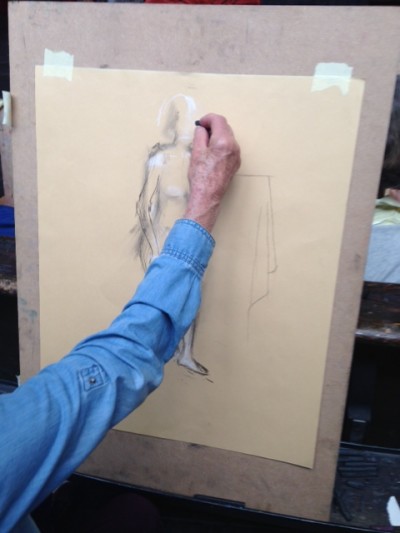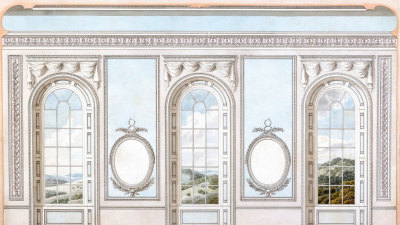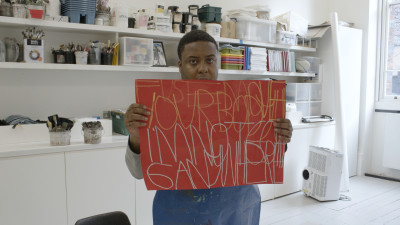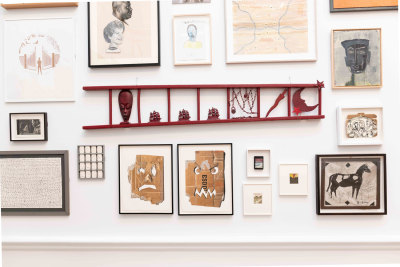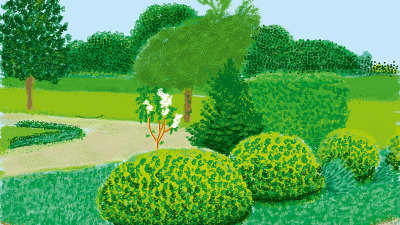Five quick tips to improve your life-drawing
Five quick tips to improve your life-drawing
By Mark Hampson
Published 20 May 2015
The RA Schools’ Head of Sculpture and Printmaking led a life-drawing masterclass as part of our first Friends week. Here he shares five key pieces of advice.
-
Inside the RA Schools sits our historic life-drawing room – still in the same, semi-circular setup that the likes of Sir Joshua Reynolds and J.M.W Turner worked in. Mark Hampson, our Head of Sculpture and Printmaking, offered Friends this creative wisdom on drawing like a master.
1. Look at the model more than your paper.
There is no point in having a figure if front of you if you don’t learn from it. Take the time to familiarise yourself with its weights, proportions and pose.
2. Focus on the wood not the trees.
Don’t obsess about capturing isolated details and treat the drawing as a cohesive whole. Give equal attention to everything you draw.
3. Don’t avoid the difficult bits.
Fragments and close ups can be interesting but are often embraced as an excuse to avoid facing up to the challenges of drawing heads, faces, hands and feet.
4. Practice may make perfect, but…
… technical perfection rarely makes great art. Learn to develop the differences and imperfections in your drawing. Creative Interpretation is more valuable than sedulous aping. Experimentation is essential in developing a unique style and approach.
5. Not every drawing you make will be a masterpiece.
Don’t be afraid to make mistakes. Correcting, erasing, and on occasion abandoning a failing drawing is worthwhile. There is no shame in starting again sometimes.
-

Mark Hampson's drawing class for Friends

"Treat the drawing as a cohesive whole"

"Don't avoid facing up to the challenges"

"Don't be afraid to make mistakes"


